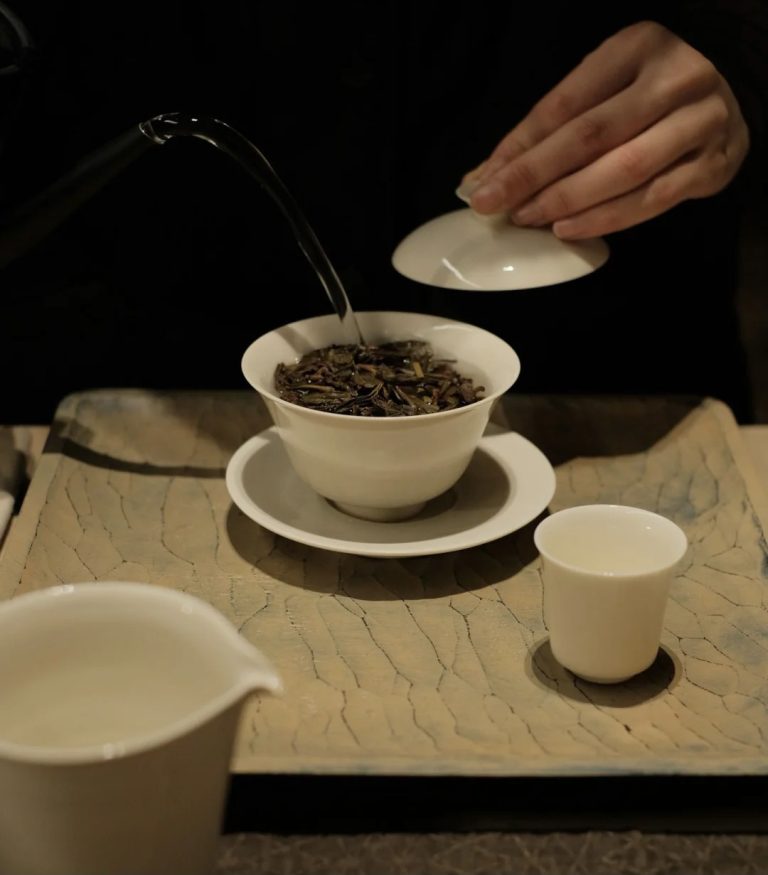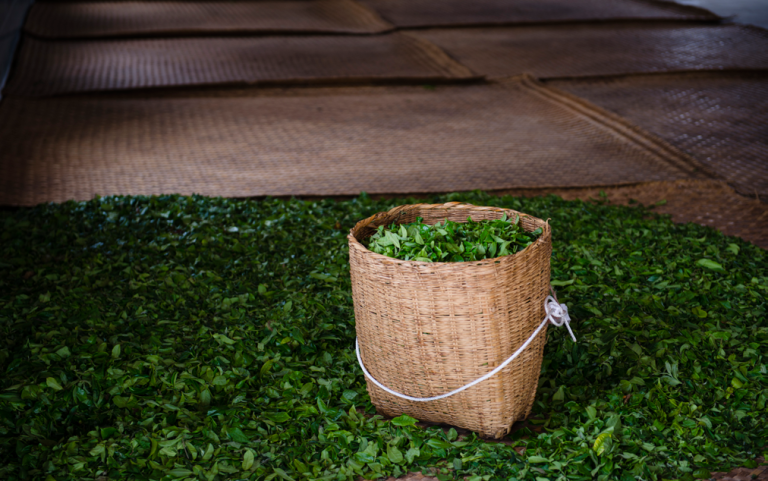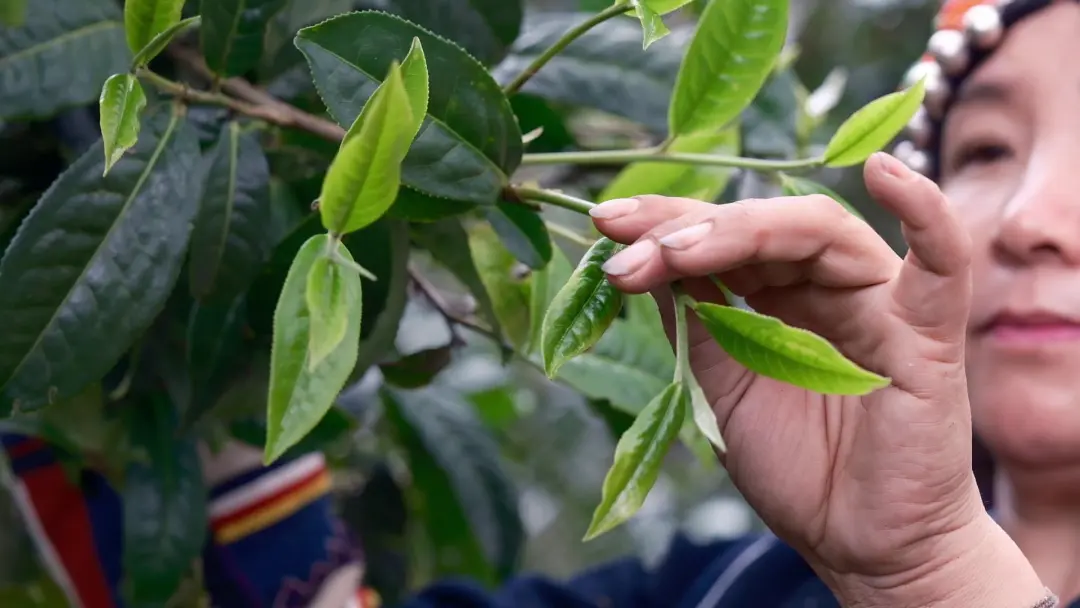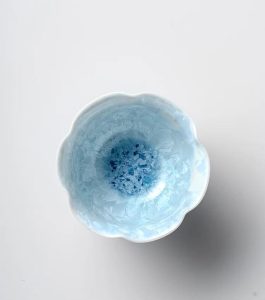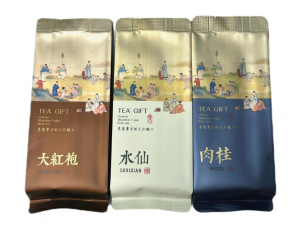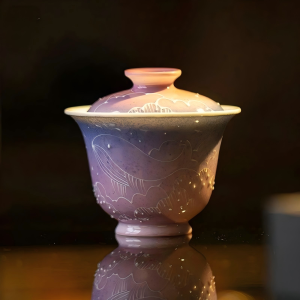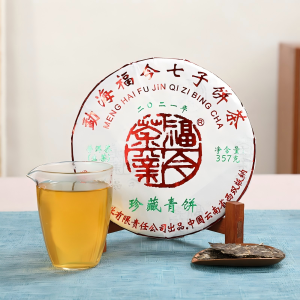
Chinese tea has long been celebrated for its rich history, diverse flavors, and numerous health benefits. For beginners, the vast variety of options can be overwhelming. This guide will help you understand the key characteristics of Chinese tea, compare popular types, and determine the best tea for your preferences and needs.
What Are the Main Types of Chinese Tea?
Chinese tea is categorized into 6 main types, each with unique characteristics. Here’s a quick overview to get you started:
- Green Tea
- Taste: Fresh, grassy, and light.
- Popular Varieties: Longjing (Dragon Well), Biluochun.
- Health Benefits: High in antioxidants; supports metabolism and reduces stress.
- Best For: Those seeking a refreshing, low-caffeine option.
- Black Tea
- Taste: Bold, malty, and smooth.
- Popular Varieties: Keemun, Dianhong.
- Health Benefits: Promotes digestion and heart health.
- Best For: Fans of robust, full-bodied flavors.
- Oolong Tea
- Taste: Floral and complex, ranging from light to roasted.
- Popular Varieties: Tie Guan Yin (Iron Goddess), Da Hong Pao (Big Red Robe).
- Health Benefits: Helps with weight management and mental clarity.
- Best For: Those who enjoy layered, aromatic flavors.
- White Tea
- Taste: Delicate, sweet, and subtle.
- Popular Varieties: Bai Mudan (White Peony), Silver Needle.
- Health Benefits: Strengthens immunity and enhances skin health.
- Best For: Beginners who prefer mild, soothing flavors.
- Yellow Tea
- Taste: Smooth and slightly fruity.
- Popular Varieties: Junshan Yinzhen.
- Health Benefits: Gentle on the stomach; supports digestion.
- Best For: Those who want a rare and unique tea experience.
- Pu Erh Tea
- Taste: Earthy and rich, with aged varieties offering deeper complexity.
- Popular Varieties: Raw Pu Erh, Ripe Pu Erh.
- Health Benefits: Aids in digestion, lowers cholesterol, and boosts gut health.
- Best For: Adventurous drinkers who appreciate bold, fermented flavors.
Read more: Health Benefits of Chinese Tea: Tradition Meets Science
Loose Leaf vs Tea Bags: Which Should You Choose?
When choosing Chinese tea, you’ll often encounter two formats: loose-leaf and tea bags. Each has its pros and cons:
- Loose Leaf Tea
- Advantages: Superior flavor, traditional brewing experience.
- Disadvantages: Requires more time and equipment.
- Best For: Tea enthusiasts or those looking for an authentic experience.
- Tea Bags
- Advantages: Convenient and portable.
- Disadvantages: Often lower quality; lacks the full flavor profile.
- Best For: Busy individuals or tea beginners looking for simplicity.
How to Choose the Best Tea for You
- Consider Your Taste Preferences
- If you prefer light and fresh flavors, try green or white tea.
- For bold, strong tastes, opt for Raw Pu Erh Tea.
- If you like a balance of floral and roasted notes, Oolong Tea is ideal.
- Think About Your Lifestyle
- For a quick energy boost, choose green tea or black tea.
- For evening relaxation, consider White tea or Ripe Pu Erh due to its lower caffeine content.
- Match Your Health Goals
- Looking to improve digestion? Try Pu Erh Tea.
- Want to reduce stress? Go for green tea or oolong tea.
- Seeking anti-aging benefits? Choose white tea or green tea.
Top Recommendations for Beginners
If you’re new to Chinese tea, start with these beginner-friendly options:
- Longjing (Longjing Green Tea): A classic choice with a refreshing, slightly nutty taste.
- Dancong (Dancong Oolong): Offers a perfect balance of floral and creamy notes.
- Pu Erh Tea(Raw and Ripe): A gentle introduction to fermented teas, with a smooth and earthy profile.
These teas are widely available and offer a great introduction to Chinese tea culture.
Tips for Brewing Chinese Tea
To get the best flavor from your tea:
- Use fresh, filtered water.
- Avoid overstepping to prevent bitterness.
- Experiment with water temperature:
- Green and white teas: 70-80°C (158-176°F).
- Black and Pu Erh teas: 90-100°C (194-212°F).
- Oolong teas: 80-90°C (176-194°F).
Final Thoughts
Choosing the best Chinese tea for you is a journey of discovery. Start with teas that match your taste preferences and health goals, and don’t be afraid to explore different types over time. Whether you’re looking for a soothing cup to unwind or a bold brew to energize your day, Chinese tea offers something for everyone.
Ready to start your tea journey? Check out our tea guide or explore premium Chinese teas here.

